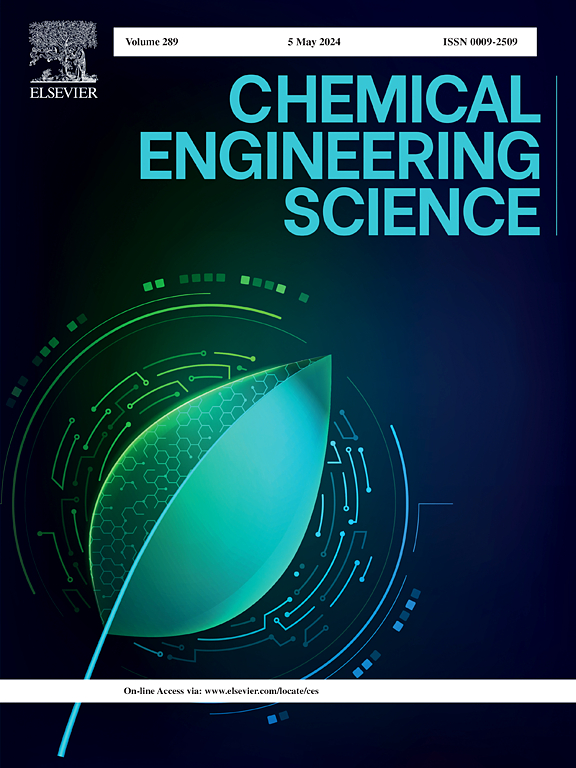Enhancing vanadium leaching from landfilled metallurgical residues through hydroxyl radical-based AOPs for sustainable production
IF 4.1
2区 工程技术
Q2 ENGINEERING, CHEMICAL
引用次数: 0
Abstract
With the accelerated development of strategic emerging industries, the demand for vanadium has been consistently increasing each year. To address the challenges associated with the oxidation leaching of vanadium in landfilled metallic residues, we propose a research framework utilizing cavitation/hydrogen peroxide-based advanced oxidation processes (CH-AOPs) to enhance oxidation reactions. Under optimal conditions, the leaching rate of vanadium reached 69.1 % following 15 min of CH-AOP treatment. During the CH-AOP reaction, various oxidative free radicals, including singlet oxygen (1O2), superoxide (O2−), and hydroxyl radicals (•OH), interacted with H+ and F−, which disrupted the cohesive structure of silicates. This disruption facilitated the release of vanadium from the interfacial region through a coordination-driven release mechanism. The results of electron paramagnetic resonance (EPR) experiments revealed that the contribution of the oxidizing free radicals to the reaction process followed this order: •OH >1O2 > O2−. In addition, the utilization of CH-AOPs mitigated the environmental impact of waste accumulation.
羟基基AOPs强化冶金渣钒的可持续浸出
随着战略性新兴产业的加速发展,我国对钒的需求逐年持续增长。为了解决金属垃圾中钒的氧化浸出所面临的挑战,我们提出了一个利用空化/过氧化氢为基础的高级氧化工艺(CH-AOPs)来增强氧化反应的研究框架。在最佳条件下,经过15 min的CH-AOP处理,钒的浸出率达到69.1 %。在CH-AOP反应过程中,多种氧化自由基,包括单线态氧(1O2)、超氧(O2−)和羟基自由基(•OH)与H+和F−相互作用,破坏了硅酸盐的内聚结构。这种破坏通过配位驱动的释放机制促进了钒从界面区域的释放。电子顺磁共振(EPR)实验结果表明,氧化自由基对反应过程的贡献顺序为:•OH >;1O2 >; O2−。此外,CH-AOPs的利用减轻了废物堆积对环境的影响。
本文章由计算机程序翻译,如有差异,请以英文原文为准。
求助全文
约1分钟内获得全文
求助全文
来源期刊

Chemical Engineering Science
工程技术-工程:化工
CiteScore
7.50
自引率
8.50%
发文量
1025
审稿时长
50 days
期刊介绍:
Chemical engineering enables the transformation of natural resources and energy into useful products for society. It draws on and applies natural sciences, mathematics and economics, and has developed fundamental engineering science that underpins the discipline.
Chemical Engineering Science (CES) has been publishing papers on the fundamentals of chemical engineering since 1951. CES is the platform where the most significant advances in the discipline have ever since been published. Chemical Engineering Science has accompanied and sustained chemical engineering through its development into the vibrant and broad scientific discipline it is today.
 求助内容:
求助内容: 应助结果提醒方式:
应助结果提醒方式:


